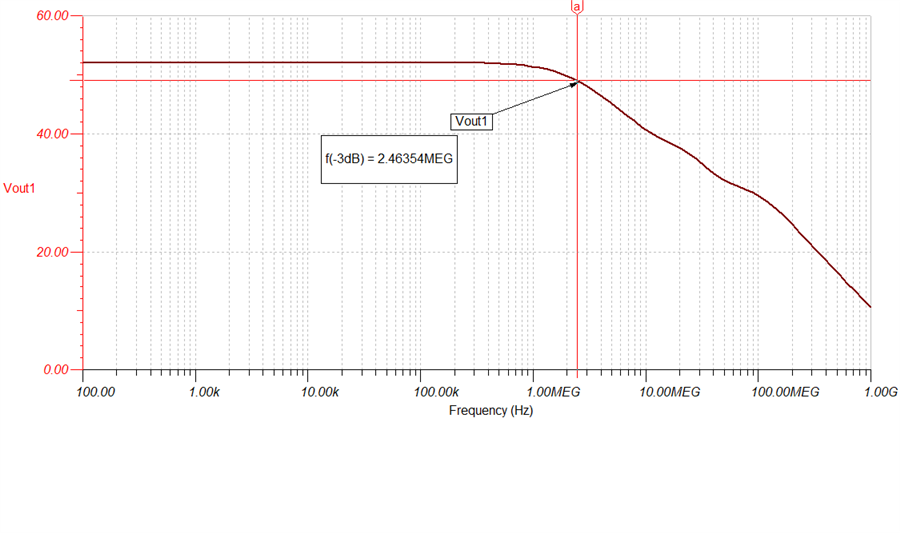Other Parts Discussed in Thread: OPA847, OPA828, OPA2156
I am looking for an amplifier that I can use for a TIA stage (~400 ohm gain) as well as a for a summing/difference stage and inverting stage that will satisfy the following requirements:
-Operation up to 500kHz
-Rail-to-rail input/output of 10V
-Very low voltage and current noise
-Unity gain stable
I initially planned to use the OPA189, but realized I can't hit my output voltage requirement at 500kHz. Can you please point me in the direction of some options? I can also use different amplifiers for the TIA stage and the subsequent stages.




